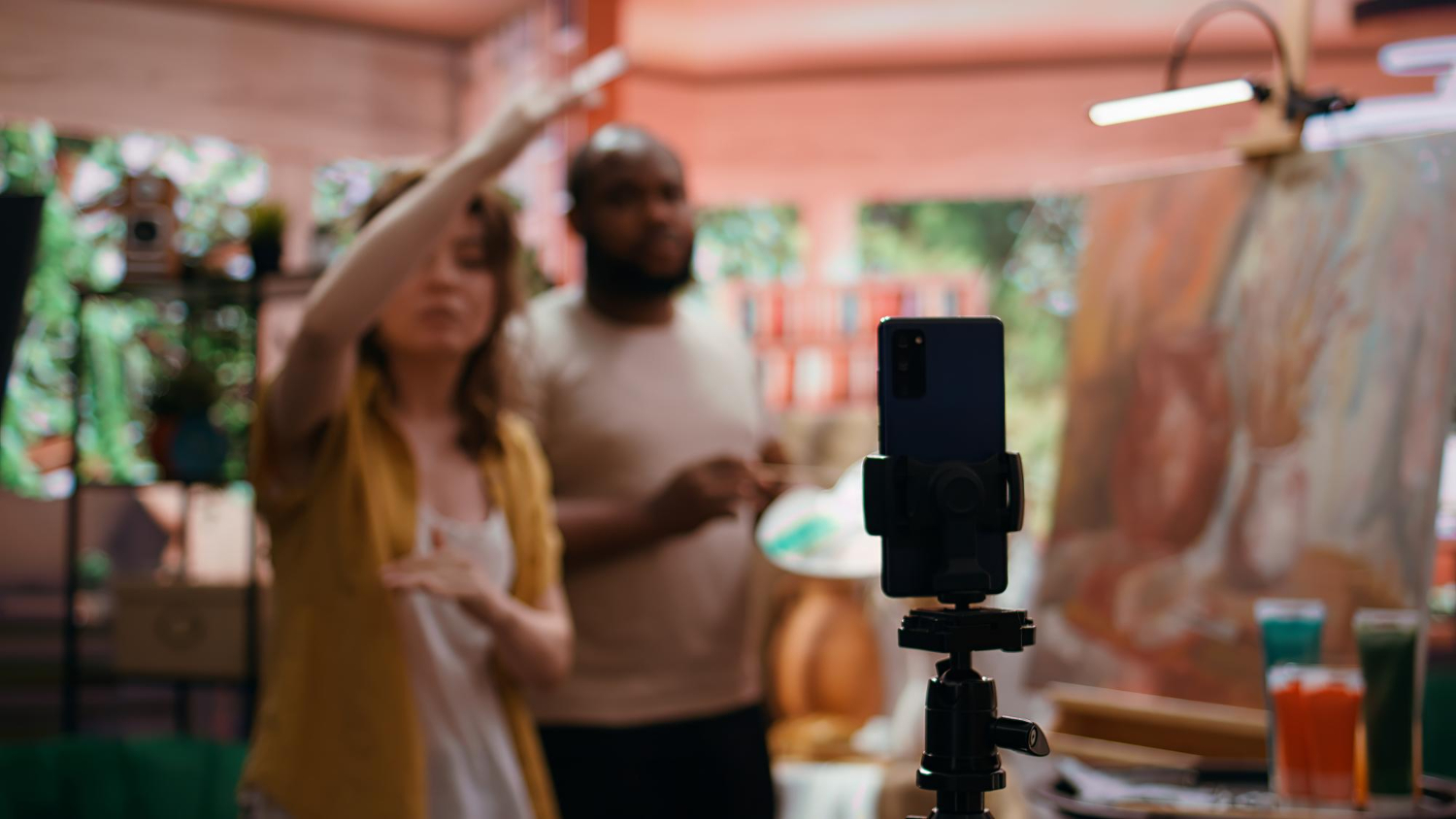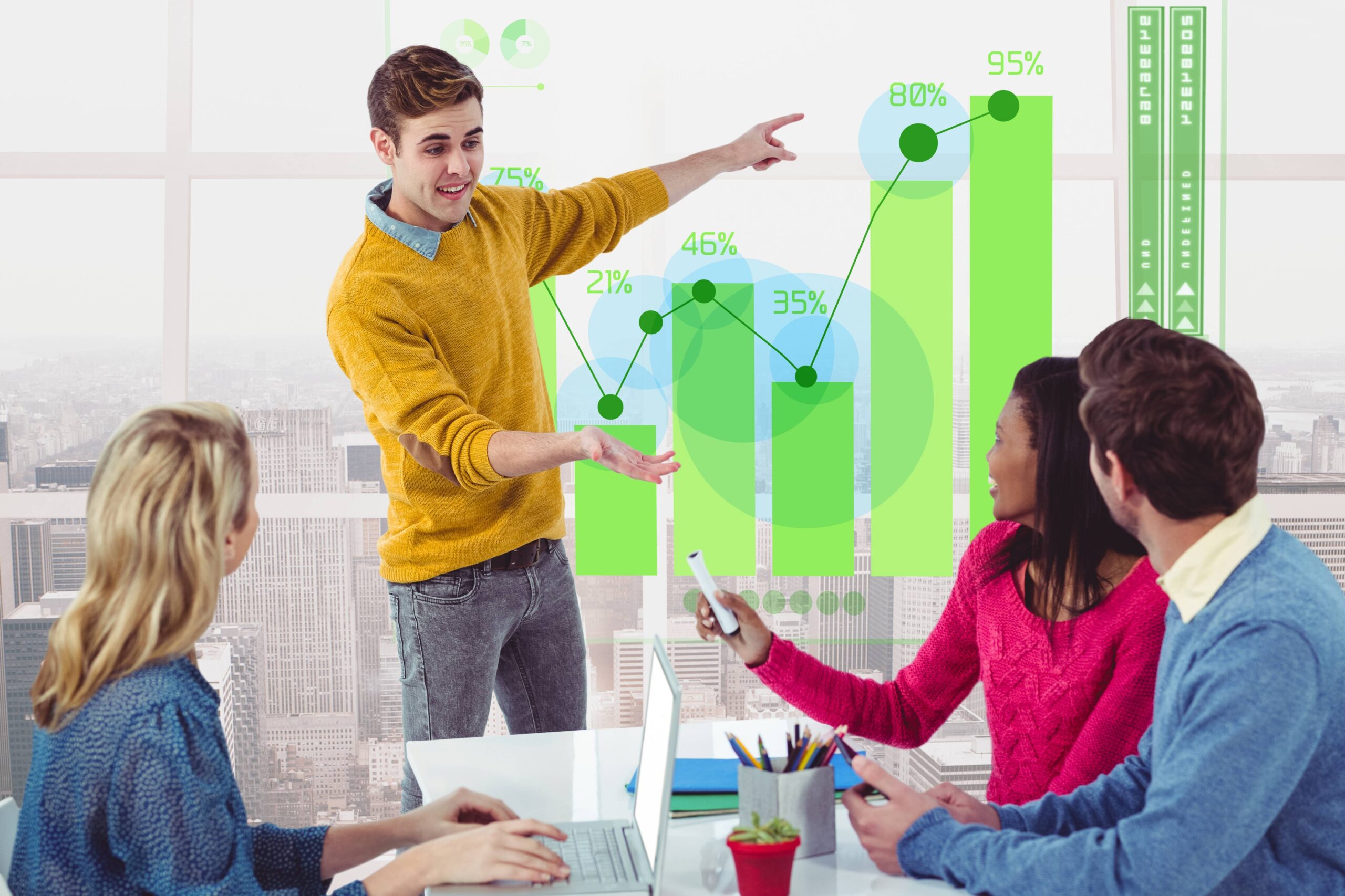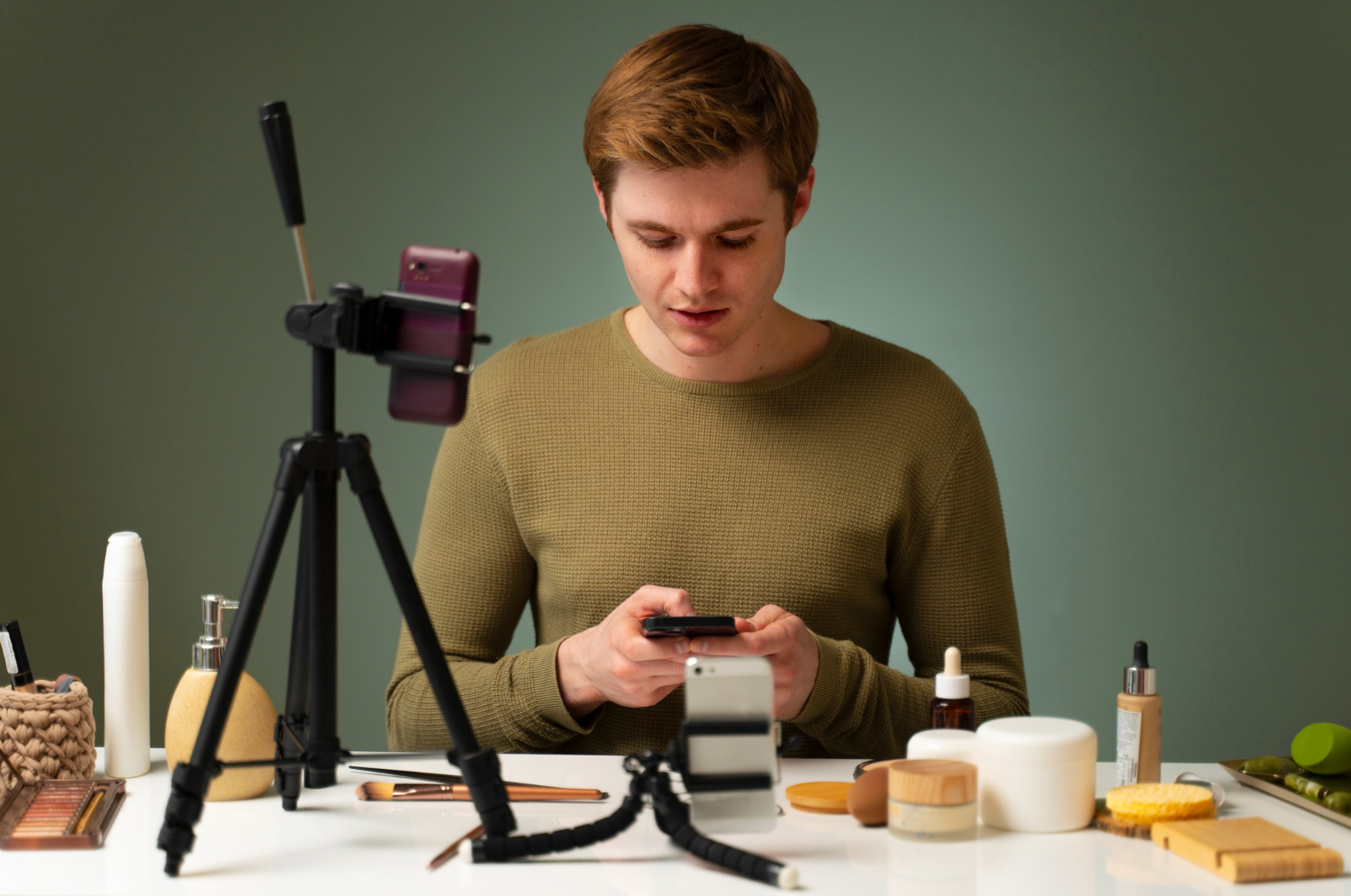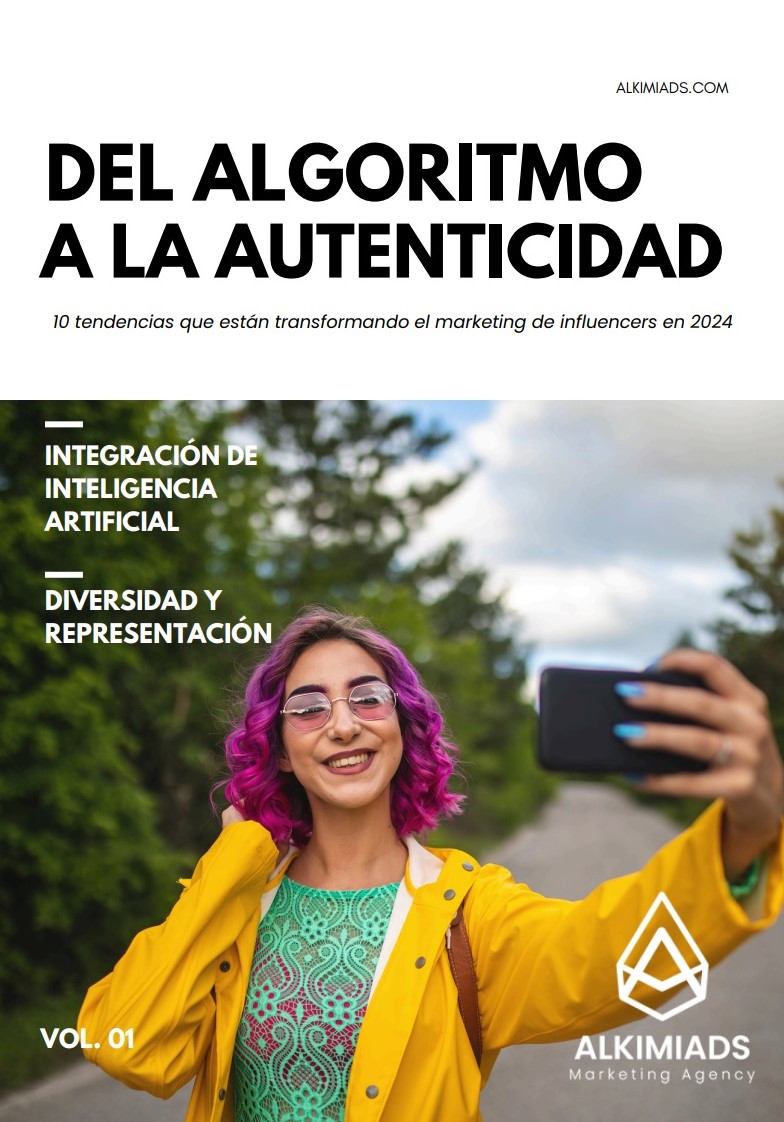The influencer market continues to evolve, and large companies must stay informed about the trends that will make a difference in their strategies. In 2025, the focus will not just be on working with influencers, but on doing so strategically to maximize impact and connect with specific audiences. Here are the key trends that will dominate this sector.
Table of Contents
Collaborations with Nanoinfluencers
Nanoinfluencers (1K-10K followers) are gaining ground due to their ability to generate trust and engagement in small but loyal communities.
Advantages and Strategies
- Advantages: Their audiences tend to be more authentic, resulting in higher conversion rates.
- Key Strategies: Large companies can collaborate with multiple nanoinfluencers to cover different demographic and geographic segments.
- Practical Example: A healthy food brand used local nanoinfluencers to promote its products in specific communities, achieving a 25% increase in regional sales.
Short and Viral Content: TikTok Leads the Influencer Market
TikTok remains the epicenter of viral content, now with a focus on strategic collaborations with major brands.
Key Features of TikTok Campaigns
- Interactive Campaigns: Sponsored challenges (#HashtagChallenges) that involve both influencers and common users.
- Shoppable Posts: Influencers can tag products directly in their videos, facilitating immediate purchases from the platform.
- Brief Education: Short tutorials on complex products or services are gaining popularity among B2B and B2C audiences.
Successful Example: A tech company launched an educational series on TikTok with a specialized influencer, explaining advanced software features and generating an 18% increase in qualified leads.
Inclusive Marketing with Multicultural Influencers
Diversity is a priority for large brands, and multicultural influencers are key to connecting with diverse audiences without falling into stereotypes.
Authentic Representation and Cultural Adaptation
- Authentic Representation: Working with creators who represent specific communities ensures a genuine connection with the target audience.
- Cultural Adaptation of Content: Messages must be adjusted not only to language but also to local cultural values.
Relevant Statistic: 72% of consumers prefer brands that reflect their cultural identity in advertising campaigns, making it essential to incorporate multicultural influencers into global strategies.
Influencers as Sustainable Ambassadors
Sustainability is no longer just a trend; it’s a growing necessity for modern companies. In this context, influencers are playing a crucial role as ambassadors for ecological causes.
Promoting Green Products and Transparency
- Promotion of Green Products: Collaborating with creators committed to sustainability reinforces the brand’s responsible image.
- Transparent Campaigns: Showing how products or services contribute to reducing environmental impact generates trust among conscious consumers.
Practical Example: A sustainable fashion brand worked with eco-conscious influencers to launch a line based on recycled materials, achieving a 30% increase in sales among young consumers.
Web3 and Immersive Experiences with Digital Influencers
The rise of Web3 is driving the emergence of new collaborative formats between brands and digital influencers (virtual creators).
Exclusive NFTs and Augmented Reality
- Exclusive NFTs Created by Influencers: These tokens can include access to special content or private events organized by creators.
- Augmented Reality (AR): Influencers can use AR to display products directly from their videos or photos, offering a unique interactive experience to the end consumer.
Although these technologies are still in mass development, they represent an opportunity for innovative companies seeking to differentiate themselves.
Use of AI in Influencer Selection and Content Optimization
AI is increasingly being used to enhance influencer marketing strategies.
Advanced Data Analysis and Content Personalization
- Advanced Data Analysis: There are tools that analyze metrics such as real engagement and brand affinity to identify ideal influencers.
- Content Personalization: AI can generate content tailored to specific audiences, improving campaign effectiveness.
Key Insight: AI reduces the time spent selecting influencers by up to 40%, optimizing resources and increasing campaign effectiveness.
Conclusion: Influencers as Strategic Partners
In 2025, influencers will not just be occasional promoters; they will become strategic partners for large companies seeking to connect deeply with their audiences. The keys will be identifying authentic collaborators using advanced technology, diversifying platforms used (such as TikTok and Web3), and prioritizing shared values like inclusion and sustainability.
To leverage these trends, companies must invest time in understanding their audiences and carefully selecting the right influencers based on specific objectives. With well-executed strategies, the influencer market will continue to be one of the strongest pillars of modern digital marketing.





















